About the Building
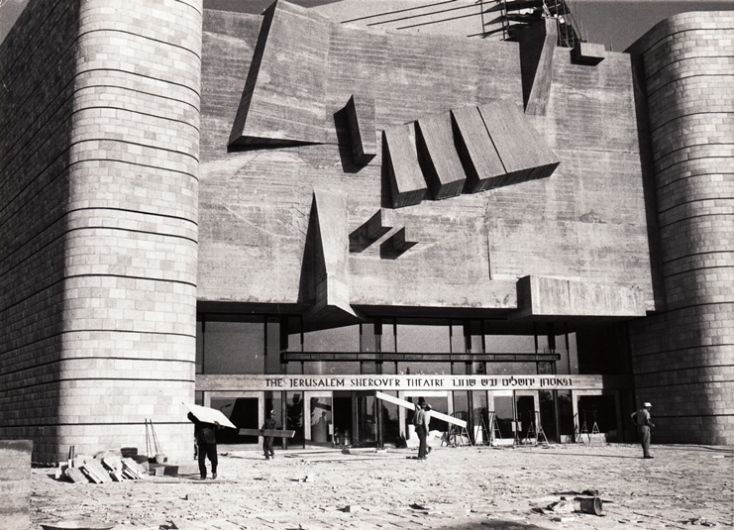 Photo Emka, 1970's
Photo Emka, 1970's
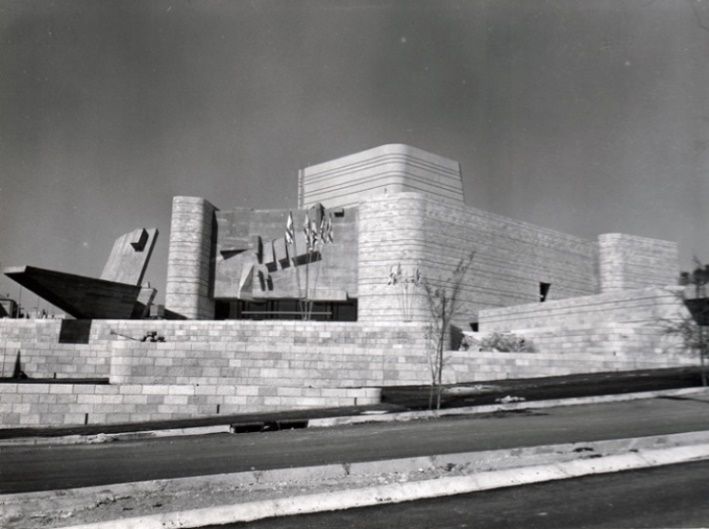 Construction, 1970's
Construction, 1970's
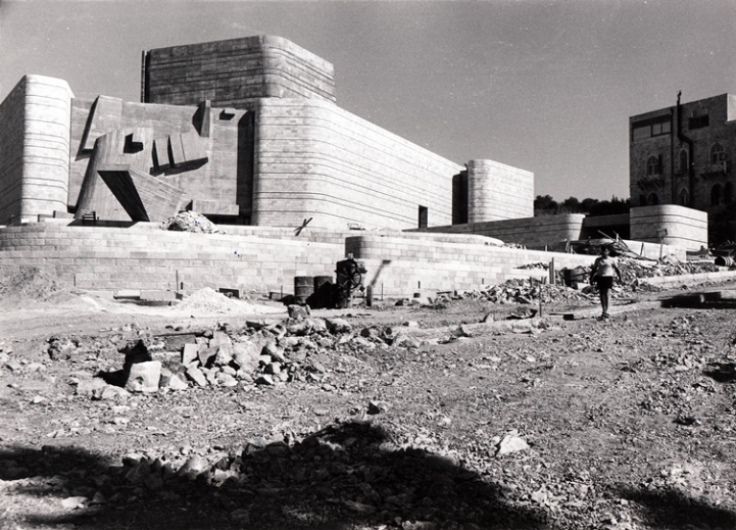 Photo Emka, 1970's
Photo Emka, 1970's
On October 10, 1964, the cornerstone for the Jerusalem Theatre was laid.
From the remarks given by Zalman Aran, Former Minister of Education and Culture:
"To me it appears that the municipal theatre whose cornerstone we set today should be used first for this important role: to give cultural service to the same sector of the Jerusalem population that for various reasons has little opportunity to enjoy the arts. Life experience has taught me that presenting the viewer good, understandable theatre can play the role of a bulldozer, plowing away rocks, paving the way to culture. The general public and youth also strive for and need educational cultural pleasure, deepening values inherent in the soul of man, and without which there is no meaning to life. And an original Israeli play, presented properly, is like establishing a new settlement in the area of humanities. In the past, Israeli theatre presented dozens of original and important plays which over time ceased to be shown, and the treasures archived among these works never reached either the younger generation which grew up since or the wider public that has come here since. And it is appropriate that the Jerusalem Theatre... stage these plays anew in Jerusalem. And the broader public and youth, the working and studying public that grows in Jerusalem will of course be appreciative and grateful to the Municipal Theatre if it will make it possible for them to enjoy the artistic and educational experience they deserve."
The construction of the main building was made possible by donations from the Sherover family, benefactors Miles M and Gita Sherover, who conceived of its establishment in Jerusalem and together with their friend, then-Mayor Teddy Kollek, realized the idea with the architectural plans of Michael Nadler. The theatre doors opened in 1971 with one elegant hall, the Sherover Theatre.

The building, in which the two elements of stone and cement reign, both internally and externally, consists of three basic systems:
The walls:
Curved walls create an inner tension, hug the hillside with low, horizontal terraces, rising up along the low building and from there onto higher walls enveloping the centre of the structure, which rises up as the stage loft.
The halls:
The wide and low main entrance leads the public to the central hall and an exit to its surrounding balcony. The hall's peaked dimensions with an amphitheatre-like slope allows a merging of the space with that of the stage and creates a strong connection between the audience and the actors.
The sculptures:
Composed of three sculptural pieces creating a relationship between outside and inside.
The thinking was to unify the sculpture with the the entire complex so that it would be an integral, organic part of the structure. There are three large cement statues- one in the plaza, one over the main entrance, and one in the main foyer. All three were commissioned by Miles Sherover from the sculptor Yehiel Shemi.
The Jerusalem Theatre opened in 1971 with one hall, the Sherover. In February 1986 a second wing with three more halls was completed with a donation from the Crown family of Chicago, and the support of the Jerusalem Foundation and the Municipality: the Henry Crown Concert Hall with 750 seats; the Rebecca Crown Auditorium with 459 seats and theUzi Wexler Hall with 117 seats. In 2009 The Studio with 300 seats opened, and in 2014 the a new hall housing Micro Theatre witht 141 seats.
Halls and infrastructure for Events and Conferences
Here you can find the information you need to organize events at the Jerusalem Theatre:
The Theatre has the best conditions for creating first class events of different kinds, including conferences, seminars and private events with varied cultural content. Our services are available to help create a program appropriate to your needs.
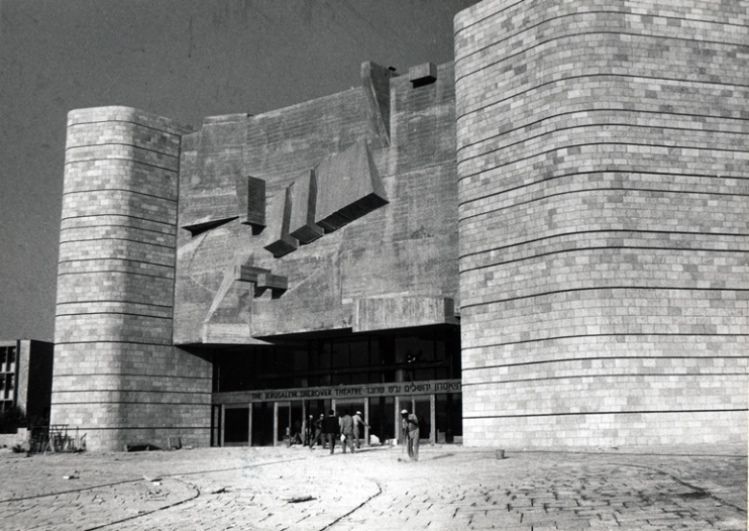 Big Gate, Y.Shemi, 1971
Big Gate, Y.Shemi, 1971
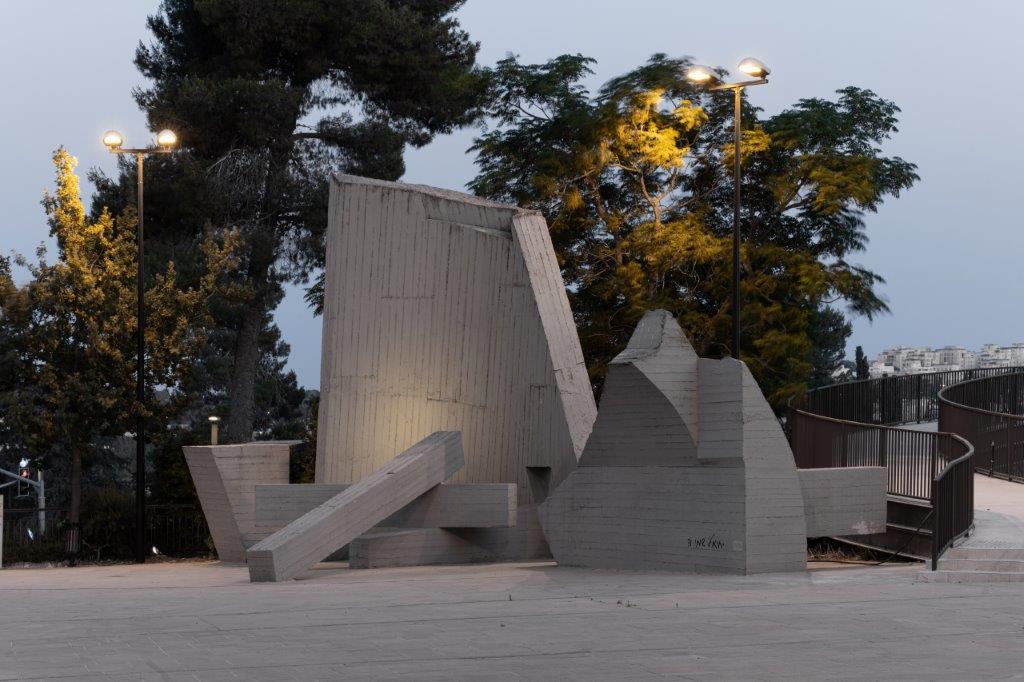 Genesis, Y. Shemi, 1971
Genesis, Y. Shemi, 1971
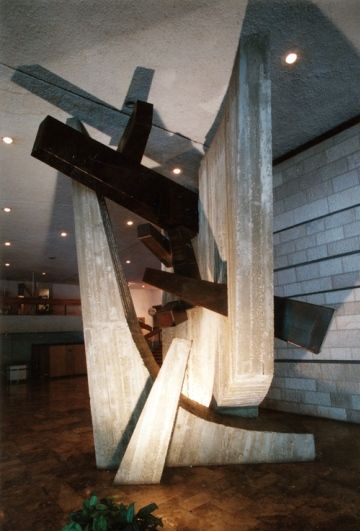 Jerusalem, Y. Shemi, 1971
Jerusalem, Y. Shemi, 1971
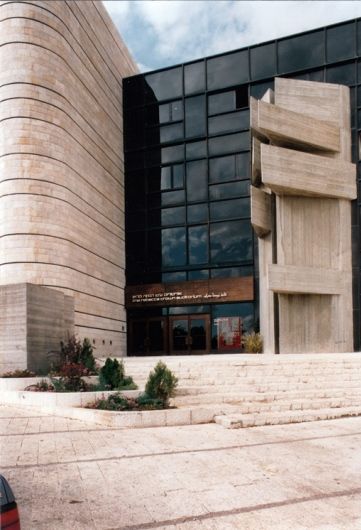 Chopin Entrance, Y. Shemi, 1982
Chopin Entrance, Y. Shemi, 1982
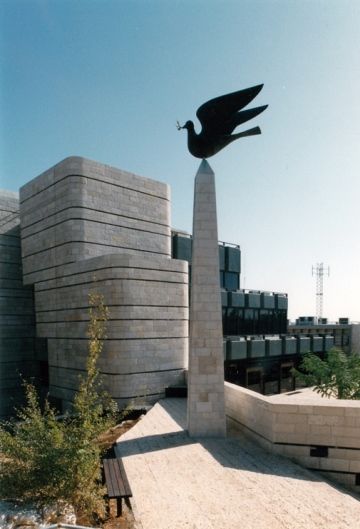 Dove, F Lalin, 1982
Dove, F Lalin, 1982
The Crown Wing
In February 1986, thanks to a contribution from the Crown family of Chicago on behalf of the Jerusalem Foundation, the Jerusalem Municipality and the Israel Ministry of Culture, construction was completed on the second wing of the Jerusalem Theatre that includes 3 additional halls:
The Henry Crown Concert Hall—which serves as the home of the Jerusalem Symphony Orchestra. The hall as 760 seats.
The Rebecca Crown Hall—460 seats
The Uzi Wexler Hall—117 seats
The theatre continues to be renewed and in 2009 The Studio opened—in an area that was previously used by the Telad television studio, a hall with a unique black box character was established. The stage in the hall is mobile and the seating arrangement changes in accordance with the event, the stage and the changing size of the audience, with up to 250 seats.
In 2014 the hall of the Mikro Theatre with 141 seats was constructed.
The Jerusalem Theatre, together with the Presidential Residence and the Van Leer Institute, were listed for historical preservation in 2012.



